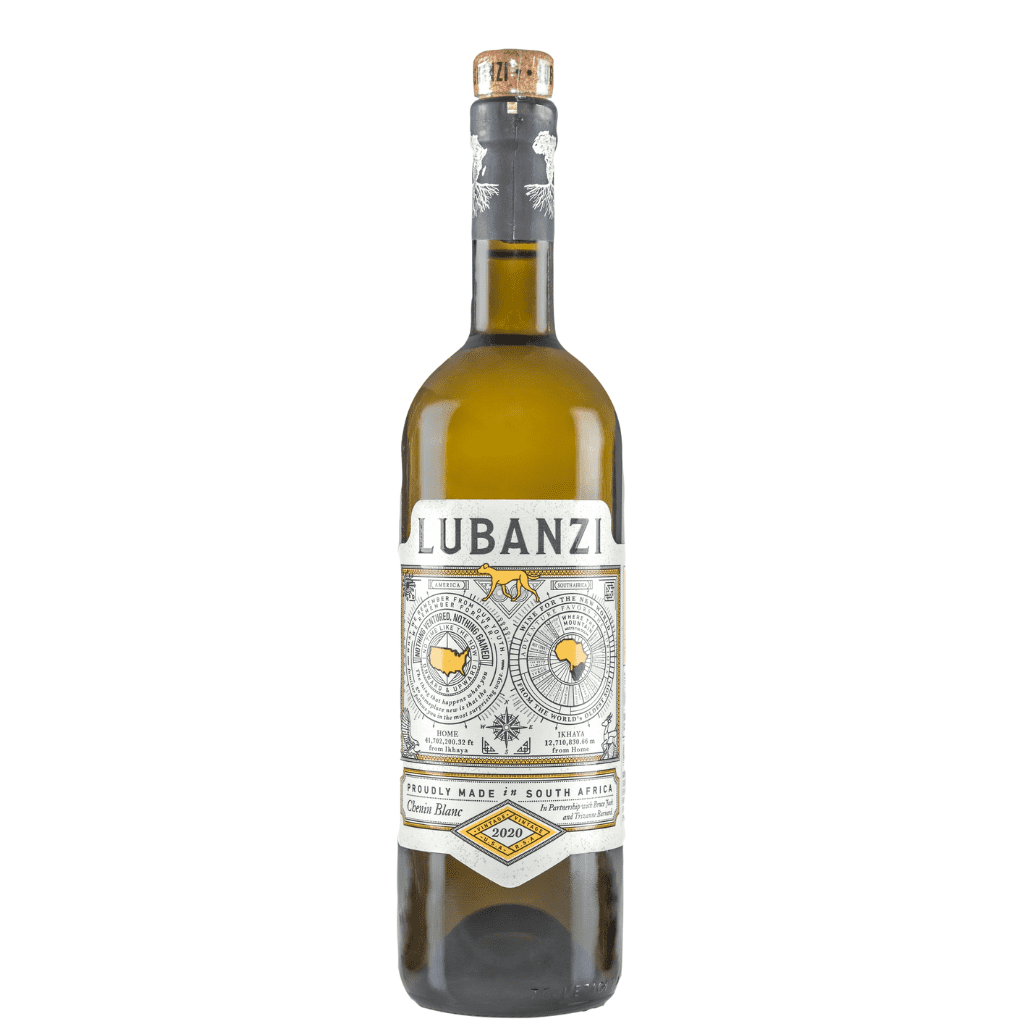The intention of this feature is not to tell you how to cook, neither is it to convince you that this one bottle or that one bottle is the only partner to a particular dish. Rather, it is to encourage readers to think about why certain things work together; to enable you to make easy, informed decisions about what to enjoy with what.
For me, a ‘recipe’ is less important. I prefer to I look to recipe books for inspiration and use my own knowledge and preferences to put together a meal, which is how I arrived at the above.
So, for any slow roasting, you want to buy the biggest (suitable) joint you can, preferably with the bone in. And, as we know, the good thing about ‘suitable’ joints is that they are fatty (which means flavour) and relatively cheap.
I started with a pork shoulder joint that was around a kilo, cut some celery and carrots and threw them into the bottom of a roasting tin with the pork on top, and wrapped in foil. I placed the tin in the oven (pre-heated to 140°C) and let it go for around four hours. Then, for an additional and final hour of roasting, I removed the foil and turned the oven up to 190°C which ensured any skin would crisp up – I also needed the oven hotter for the potatoes.
We loved Wahaca in Covent Garden the first time we ate there (all subsequent times, too) and received Thomasina Miers’ Wahaca cookbook one Christmas. Like most cookbooks we get for Christmas, we looked at the pictures on Christmas Day and then put it on the shelf with no further thought to the lovely recipes for another year or so. On planning a Mexican-themed dinner for some friends some time later, we stumbled across a recipe for creamy sweet potatoes we had to try…
Using a sharp knife or mandolin, cut equal-sized slices (about 2mm thick) of sweet potatoes, and slice a couple of red onions. The creamy-rich part is a brilliant (and quite ugly) concoction of around 250ml chicken or vegetable stock, half that amount of olive oil and around 150 grams of feta cheese. I added a couple of cloves of garlic (not in the original recipe so add or leave out as you will) – you can then add a fresh chilli if you’d like some additional heat, or just dried chipotle chilli (I used flakes because it was all I had to hand) and a big bunch of thyme (I wouldn’t bother, though, if you don’t have fresh thyme). Throw all of this in a blender and blitz until smooth.
To assemble, place a layer of sliced sweet potatoes in an oven dish, then some of the onions, season with a little salt and a good crack of pepper, then drizzle some of the sauce over the top. Repeat until your dish is full and you’ve no potatoes or onions remaining; and you should still have around half of the sauce left, though. Pour this over the top, slowly, and watch it fill your dish. Now you want to wrap with foil and roast for 30 minutes, which will help tenderise the potatoes. After this, remove the foil and roast for an additional 30. This will complete the cooking and reduce the stock so that you are left with sticky, creamy and delicious sweet potatoes.
Serving them is not easy, so this isn’t the most Instagrammable dish. Slop onto a plate, add some sliced pork and we served on this occasion with grilled Tenderstem broccoli which, charred, is absolutely delicious. The potatoes remain fairly saucy so there’s no need for a gravy, but if you love making a sauce from the pan juices then it won’t do any harm, either. Just don’t reduce too much.
Now, to the important bit; I wanted to choose a wine with a little residual sugar to compliment the chilli flavour, the sweetness of the potatoes, and offset some of the heat. The Charles Frey Pinot Gris ‘Symbiose’ was excellent, as it had texture and weight in the form of ripe orchard fruits (think pork and apple sauce). The spiciness of the wine really worked with the dish, too. Higher alcohols, conversely, can exacerbate chilli heat (as do tannins, so choose Beaujolais or Cabernet, for instance, with spicier foods as you prefer).
Pinot Gris does tend to higher abvs, but we do also need acidity to ‘cut through’ (I know, I’m bored of hearing it too) the fatty pork and the cheese in that creamy sauce. A slightly off-dry Riesling would work well, too. Do bear in mind, though, that if you went bone-dry, young and linear, the wine may get a little lost. A Chenin Blanc would also pair well, for the crisp and cooked apple flavours and the high acidity. You could go fully dry like the Lubanzi Chenin, or find a sweeter (but not sweet) Vouvray from the Loire.
Lastly, while I think any oak influence would be too combative, a ripe, unoaked Chardonnay would work here, and there are some good-quality, relatively inexpensive examples from the South of France, for instance, where you get ripe stone and orchard fruits with maybe a little (not at all unwelcome here) tropical fruit. For beer lovers, a crisp, hoppy Pale Ale would be very pleasant. The Drink’in the Sun from Mikkeller is an excellent low-alcohol (0.3%) option.







